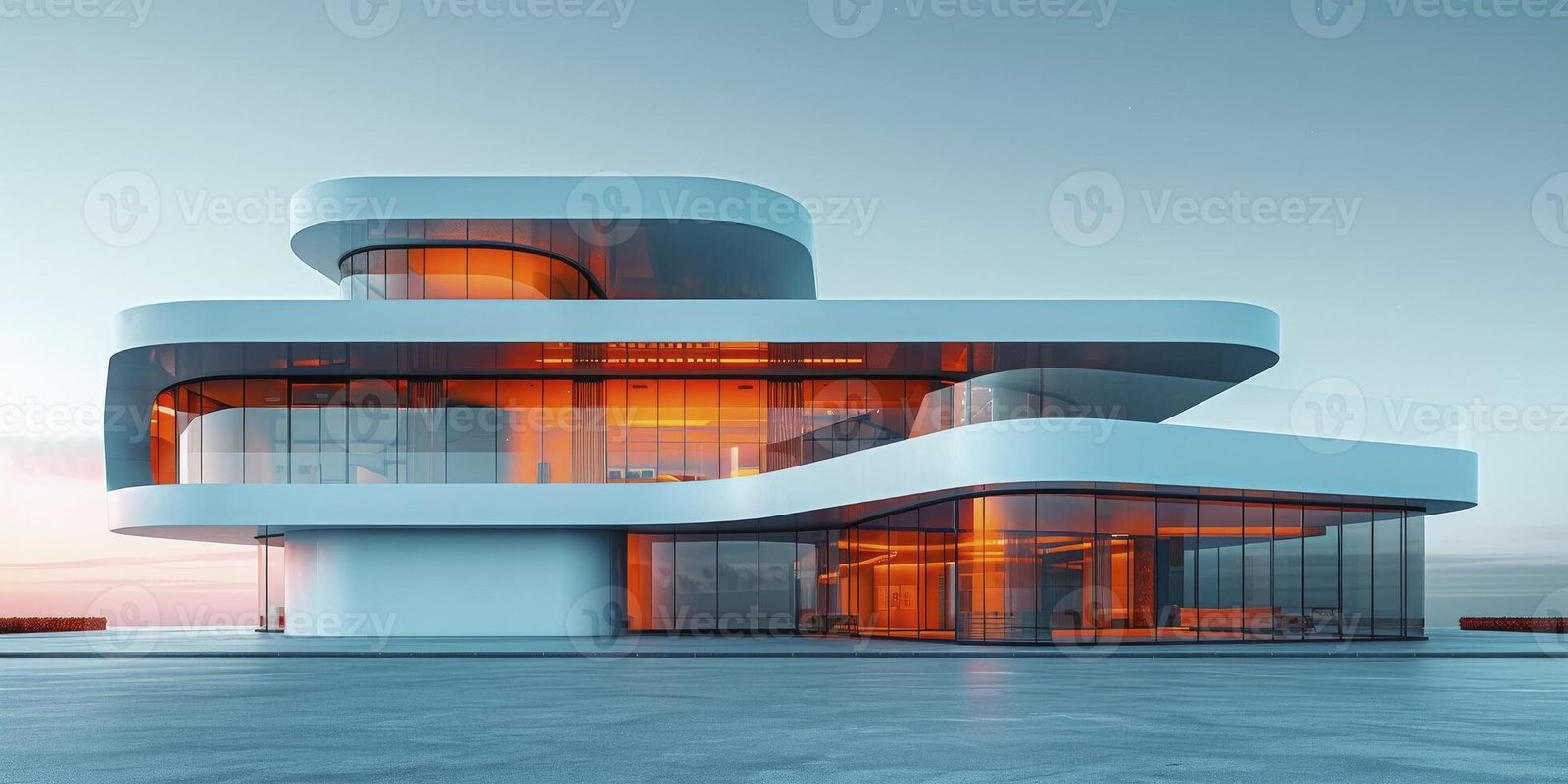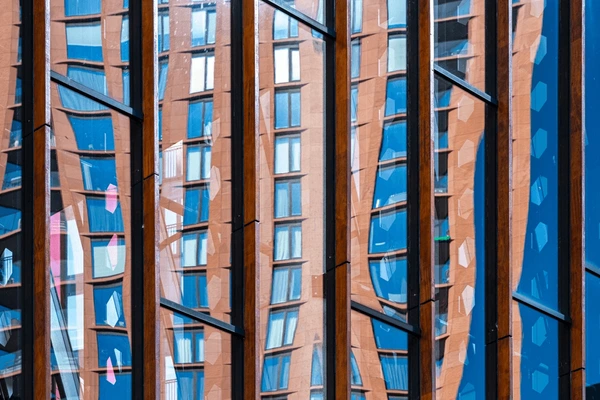Contemporary building captures provide a window into the cutting-edge world of modern architecture, where innovation and design converge to create striking structures. To effectively photograph these buildings, it is essential to highlight their unique features, innovative materials, and overall aesthetics. This article delves into techniques for capturing contemporary buildings, emphasizing modern design elements, materials, and visual impact.

Embracing Modern Design Elements
Contemporary architecture often features sleek lines, geometric shapes, and minimalistic design. To capture these elements, use wide-angle lenses to encompass the full scope of the building and its design. Focus on clean lines, open spaces, and the integration of design elements that define modern architecture. Experiment with different angles to reveal the building’s unique form and structure, highlighting the innovative design aspects.
Highlighting Innovative Materials
Modern buildings frequently utilize innovative materials that contribute to their distinctive appearance. Capture the textures and finishes of materials such as glass facades, metal panels, and composite materials by using close-up shots and detailed views. Pay attention to how these materials interact with light and shadow, as they can significantly affect the building’s visual impact. Highlighting these materials showcases the architectural creativity and technical advancements in contemporary design.
Utilizing Natural and Artificial Lighting
Lighting plays a crucial role in showcasing contemporary buildings. Natural light can enhance the building’s form and texture, particularly during the golden hours when the light is soft and warm. For nighttime photography, use artificial lighting to highlight the building’s features and create dramatic effects. Long exposure techniques can capture illuminated facades and the building’s interaction with its urban environment.
Capturing Dynamic Compositions
Dynamic compositions are key to creating visually engaging images of contemporary buildings. Use techniques such as framing, leading lines, and reflections to add depth and interest to your shots. Incorporate elements of the surrounding environment to provide context and enhance the composition. For instance, capturing reflections in glass facades or incorporating adjacent streets and landscapes can create compelling and dynamic imagery.
Showcasing Architectural Innovation
Contemporary buildings often incorporate innovative design features and technologies. Focus on capturing these innovations, such as sustainable design elements, adaptive reuse of materials, and cutting-edge construction techniques. Highlight how these features contribute to the building’s overall functionality and aesthetic appeal. By showcasing architectural innovation, you can emphasize the forward-thinking nature of modern design.
Exploring the Building’s Interaction with Its Environment
Contemporary buildings are designed to interact harmoniously with their surroundings. Capture how the building integrates with its environment, whether it’s in an urban setting or a natural landscape. Wide-angle shots can show the building’s relationship with the surrounding space, while close-ups can highlight how the design complements or contrasts with its environment. This approach provides a comprehensive view of the building’s context and its impact on the area.
Expert Post-Processing
Post-processing enhances the visual appeal of contemporary building captures. Use editing software to adjust brightness, contrast, and color balance, ensuring that the images accurately represent the building’s design and materials. Be mindful of not over-editing; the goal is to enhance the building’s features while preserving its authentic appearance. Subtle adjustments can improve the overall presentation and highlight the architectural details.
Capturing Seasonal and Temporal Changes
Contemporary buildings can look different depending on the time of year and time of day. Consider capturing the building in various seasons and lighting conditions to showcase how its appearance changes. For example, photographing the building during different weather conditions or times of day can provide diverse perspectives and reveal different aspects of its design.
Conclusion
In conclusion, capturing contemporary buildings involves focusing on modern design elements, innovative materials, and striking aesthetics. By utilizing natural and artificial lighting, exploring dynamic compositions, and showcasing architectural innovation, photographers can create compelling images that reflect the essence of contemporary architecture. Understanding the building’s interaction with its environment and applying expert post-processing techniques further enhance the visual impact. For those interested in showcasing modern design and architectural creativity, capturing contemporary buildings offers an insightful and visually captivating perspective on the world of cutting-edge architecture.

